Ira Pastor, ideaXme longevity and aging ambassador and founder of Bioquark interviews Ekaterina Bereziy, CEO and founder of ExoAtlet, an organisation that develops medical exoskeletons to enable people with disabilities to walk again.
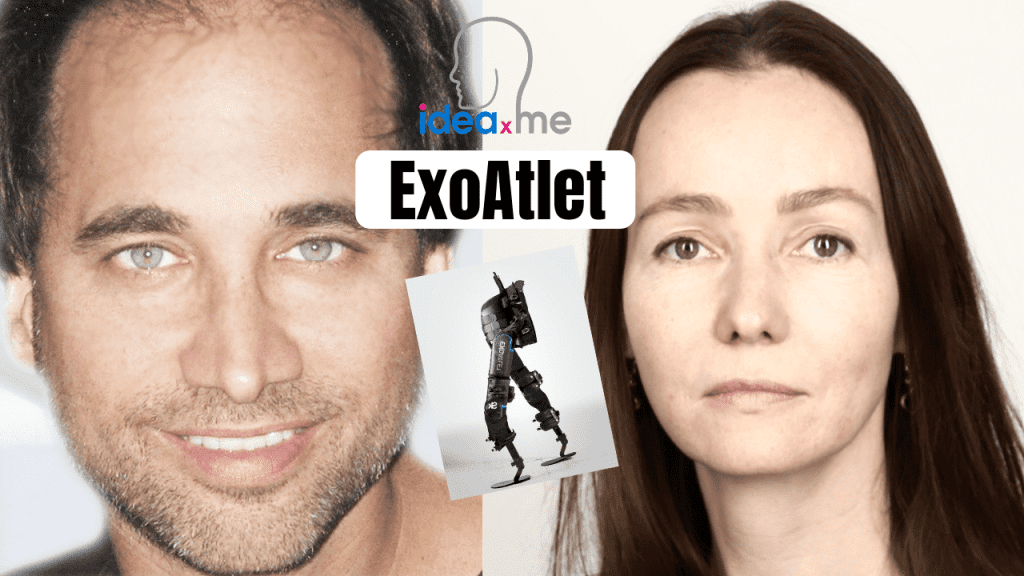
Enabling the disabled
Ira Pastor comments:
On the past ideaXme shows, we have spent time on the different hierarchical levels of the aging process, speaking to a broad range of experts in the fields of therapeutic and preventative interventions as it pertains to the diseases and processes of aging. One theme we’ve been brushing up against is that of “bio-mimicry”, broadly defined as the imitation of the models, systems, and elements of nature for the purpose of solving complex human problems. Living organisms have evolved well-adapted structures and materials over time through natural selection, and hence can give us clues for the development of new technologies inspired by these biological solutions.

We as humans have looked at nature for answers to problems throughout our existence. We’ve talked about some of these on the show to date, such as regeneration processes in salamanders, and senescence, that is, aging delay in organisms like tortoises. Today, we are going to touch on this theme further by talking about the concept of biologically inspired medical exoskeletons.
An exoskeleton, manufactured for humans pictured right, is the external skeleton that supports and protects an animal’s body, in contrast to the internal skeleton, endoskeleton of a human.
Learning from nature to enable the disabled
Examples of animals with exoskeletons include insects such as grasshoppers and cockroaches, and crustaceans such as crabs and lobsters. Exoskeletons contain rigid and resistant components that fulfill a set of functional roles in many animals including protection, excretion, sensing, support, feeding and acting as a barrier against desiccation. Human exoskeletons, based on this biomimicry knowledge, are wearable devices that work in tandem with the user, which can be placed on the user’s body and act as amplifiers that augment, reinforce or restore human performance.
Exoskeletons set the disabled free
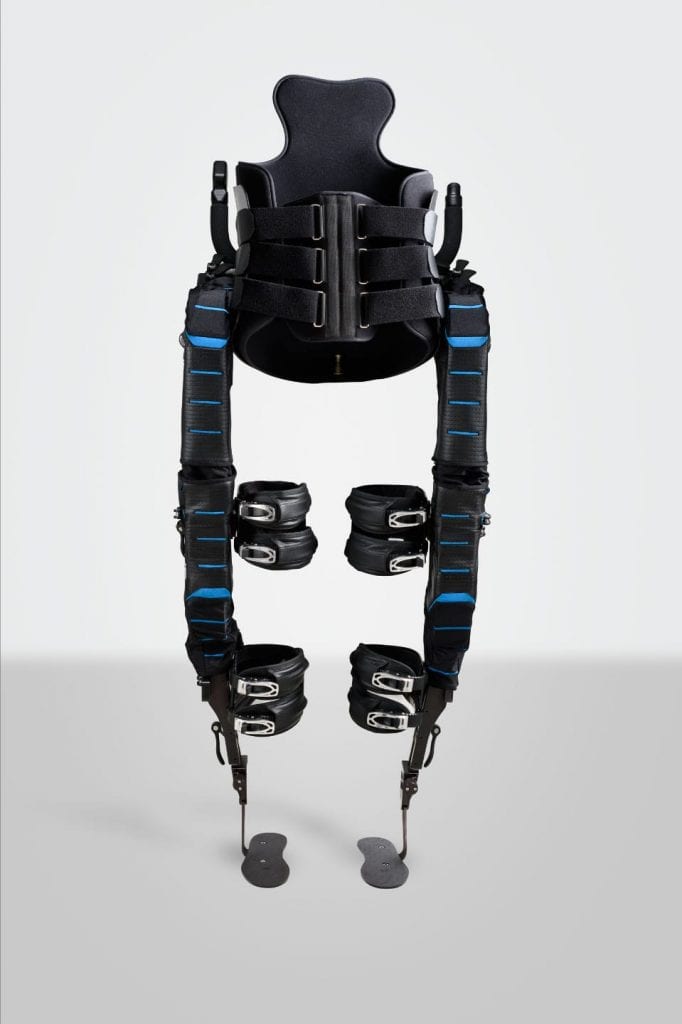
ExoAtlet, Photo Credit: ExoAtlet
Exoskeletons can be made out of rigid materials such as metal or carbon fiber, or they can be made entirely out of soft and elastic parts. They can be powered and equipped with sensors and actuators, or they can be entirely passive. Current applications include, but are not limited to, improving the quality of life of people who have lost the use of their legs, enabling system-assisted walking or restoration of other motor controls lost due to illness or accidental injury, and rehabilitation of stroke or spinal cord injury patients.
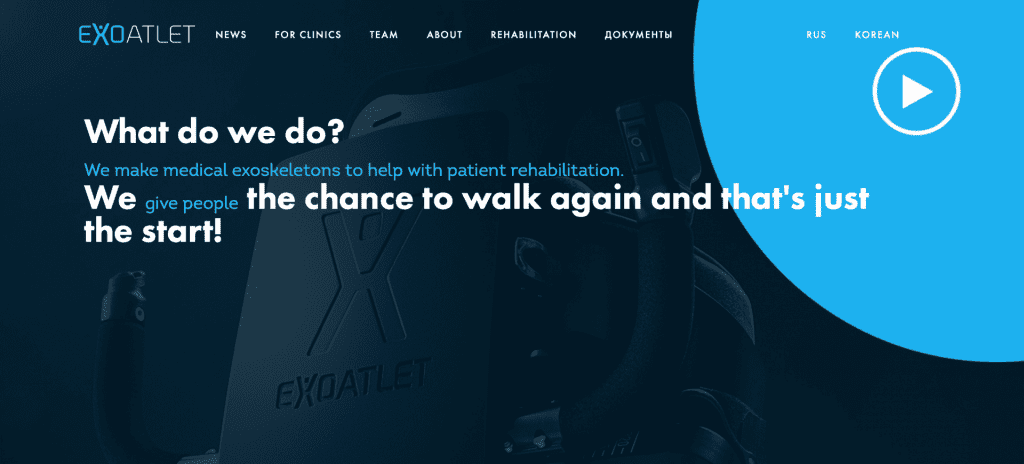
ExoAtlet enables the disabled to walk
Today’s guest is at the centre of the exciting field of medical exoskeleton development. Ekaterina Bereziy, is founder and Chief Executive Officer of ExoAtlet.
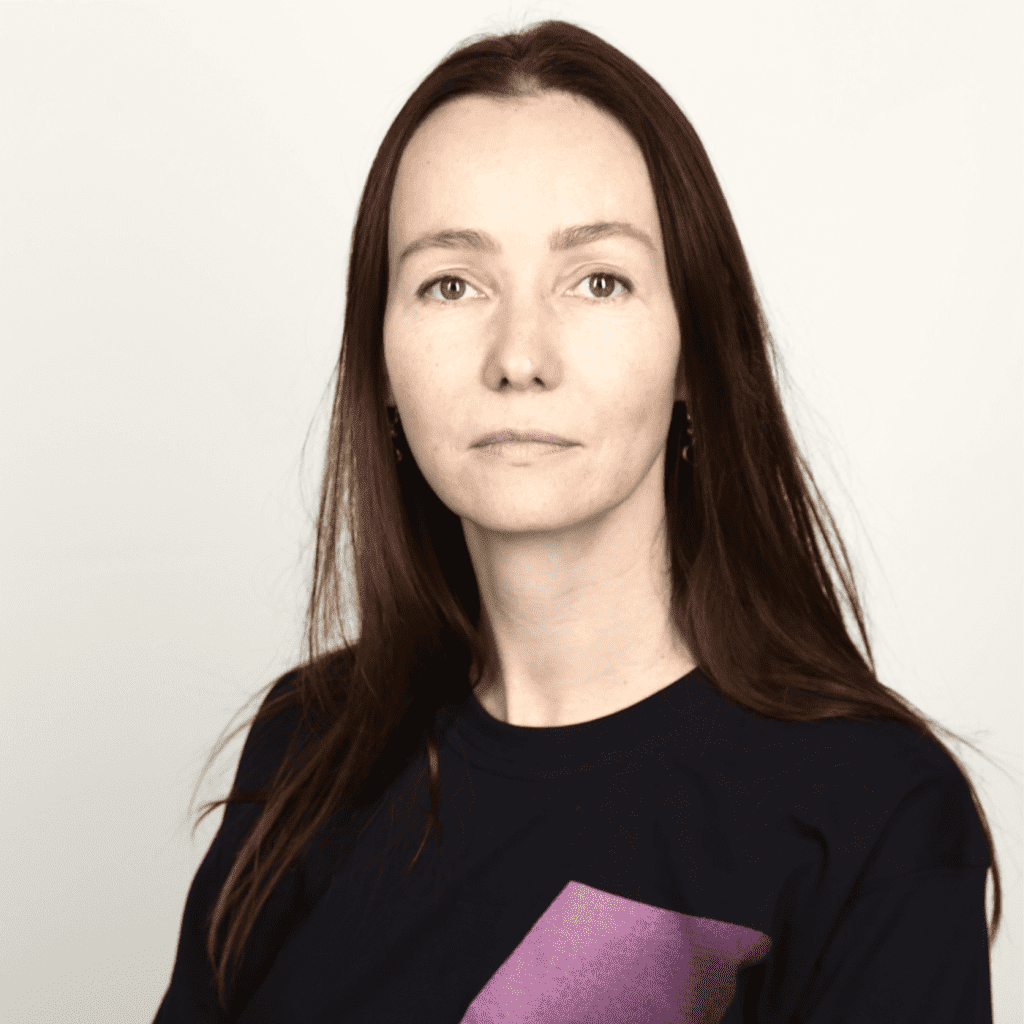
Ekaterina Bereziy, co-founder of ExoAtlet
With degrees in Mechanics and Mathematics, MBA, she is leading ExoAtlet in its development and commercialization of adjustable, portable, battery-powered, bionic exoskeletons designed to assist patients during their rehabilitation after a stroke, injury or unsuccessful operation. She was recently named one of the Young Global Leaders Class of 2017 compiled by the World Economic Forum.
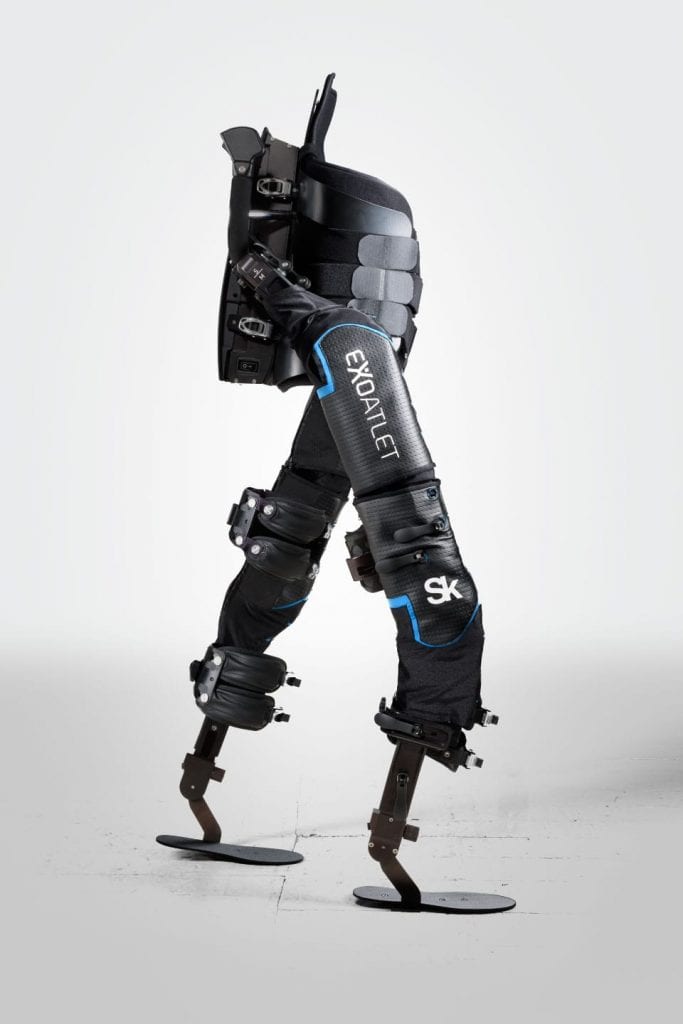
Today, Ekaterina tells us:
About her background in mathematics and mechanics, and how she got interested in the exciting area of bioengineering.
Of entrepreneurial innovation activities in Russia and at the Skolkovo Foundation ecosystem, where ExoAtlet is an incubated company.
Medical applications of the ExoAtlet exoskeleton.
Market penetration of the ExoAtlet exoskeleton. Furthermore, of aging applications of the ExoAtlet exoskeleton.
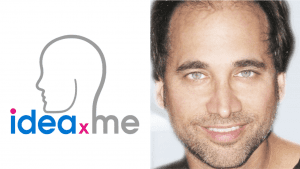
Credits: Ira Pastor interview video, text, and audio.
Follow Ira Pastor on Twitter: @IraSamuelPastor
If you enjoyed this interview, we think that you’ll love Digital Medicine Moonshots
Follow ideaXme on Twitter: @ideaxm
On Instagram: @ideaxme
On YouTube: ideaxme
Find ideaXme across the internet including on iTunes, SoundCloud, Radio Public, TuneIn Radio, I Heart Radio, Google Podcasts, Spotify and more.
ideaXme is a global podcast, creator series and mentor programme. Our mission: Move the human story forward!™ ideaXme Ltd.

Pingback: Military Medicine Impacts Global Health ideaXme %